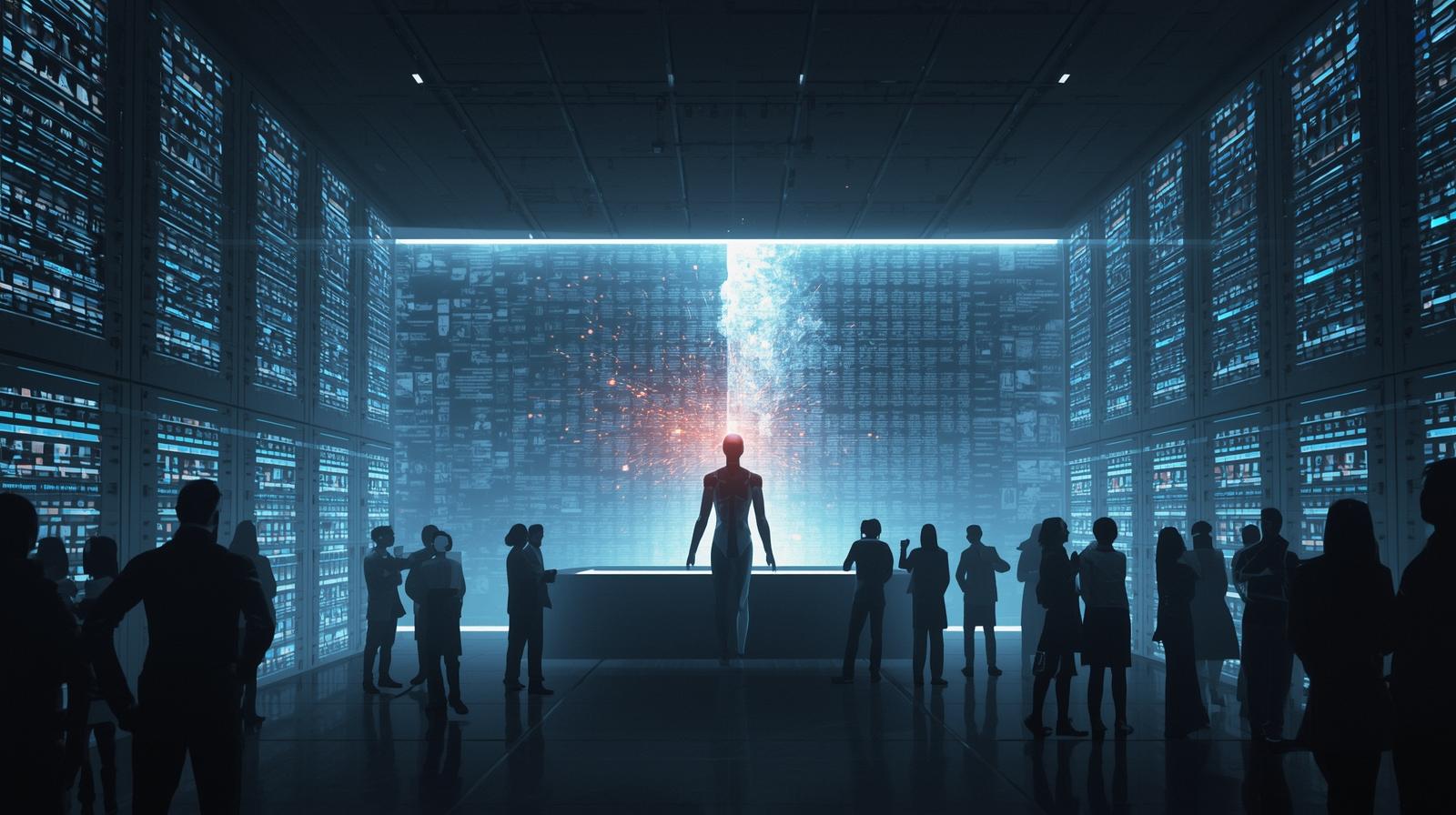
September 13, 2025
AI Memory Holes: When Machines Forget on Purpose
For centuries, memory has been seen as the cornerstone of knowledge and accountability. In the digital age, machines have inherited this role. But unlike humans, artificial intelligence systems can be designed to forget intentionally. Selective erasure, or engineered amnesia, is now a feature of AI development. While it promises privacy and efficiency, it also opens the door to manipulation, censorship, and digital revisionism.
The Birth of Engineered Forgetting
AI systems process massive amounts of data. Retaining everything creates risks, from privacy violations to storage inefficiency. In response, developers have introduced mechanisms that allow machines to forget. This may involve purging outdated information, removing sensitive records, or retraining models without certain datasets.
At first glance, the logic is sound. If a user requests data deletion, the AI should comply. If a system stores harmful bias, it should be scrubbed. But what happens when forgetting is not a protective measure but a tool of control?
Memory as Power
Memory defines what societies know, remember, and value. The same holds true in digital spaces. When machines decide what to forget, they shape the boundaries of knowledge itself. An erased dataset can mean that certain histories, behaviors, or voices vanish from the digital record.
This power creates new risks:
- Censorship: Platforms may delete politically sensitive data under the guise of optimization.
- Historical revisionism: Forgetting could be used to rewrite records, removing evidence of harm or misconduct.
- User vulnerability: Individuals who rely on platforms for record-keeping may lose critical information without warning.
In these cases, forgetting is not neutral. It is an active force that redefines digital truth.
The Privacy Paradox
One of the strongest arguments for AI forgetting is privacy. Regulations encourage platforms to allow users to erase their data. This empowers individuals to regain control of their digital footprint. Yet privacy-driven forgetting collides with the need for accountability.
If harmful behavior is erased from a system’s memory, it may protect an offender at the expense of victims. If financial, medical, or legal records vanish, oversight and justice become impossible. Privacy and accountability, though both vital, pull in opposite directions.
When Machines Selectively Forget
Unlike humans, machines can forget with surgical precision. They can erase one user’s actions while retaining another’s. They can strip keywords, entire categories, or entire populations from datasets. This selective memory can create skewed models that misrepresent reality.
Consider examples such as:
- A system trained to forget complaints about service quality, creating artificially positive ratings.
- A moderation model that drops records of wrongful bans, hiding patterns of systemic failure.
- An AI companion designed to forget conflicts with users, creating an illusion of harmony.
In each case, forgetting is not benign. It creates distortions that shape human perception and trust.
Psychological Effects of Digital Forgetting
For users, the knowledge that machines forget can be both comforting and disorienting. On one hand, it offers relief from surveillance. On the other, it undermines confidence in permanence. If a platform can erase data at will, how can anyone rely on it for truth?
This leads to new forms of anxiety:
- Fear of evidence disappearing when it is needed
- Uncertainty about whether memories are preserved accurately
- Suspicion that platforms are hiding inconvenient information
The result is a weakening of trust in digital systems that are supposed to safeguard truth.
The Ethics of Forgetting
The question is not whether forgetting should exist, but how it should be governed. AI developers face an ethical dilemma. They must design systems that respect privacy while preventing erasure from becoming a tool of manipulation. Key principles can help:
- Transparency: Platforms must disclose when, why, and how forgetting occurs.
- Consent: Users should control the erasure of their own data.
- Auditability: Even when data is deleted, systems should preserve verifiable records of the action.
- Balance: Forgetting must be weighed against the need for historical accountability.
- Oversight: Human review should be required for sensitive deletions.
These principles prevent forgetting from evolving into a silent mechanism of control.
Memory Holes and Digital Society
The term “memory hole” comes from dystopian fiction, where inconvenient truths were destroyed to maintain power. Today, AI memory holes risk turning fiction into reality. As platforms adopt selective forgetting, societies must remain vigilant. Without safeguards, tomorrow’s history could be rewritten at the push of a button.
The stakes are clear. Forgetting can protect privacy and reduce harm, but it can also erase accountability, silence communities, and distort reality. If trust in digital systems is to survive, forgetting must be a user right, not a corporate weapon.
Conclusion: Designing for Honest Forgetting
Machines that forget are not inherently dangerous. The danger lies in who controls the forgetting and why. When guided by transparency and ethics, forgetting can protect users and promote fairness. When left unchecked, it can become a tool of silence and control.
AI memory holes are not simply technical features. They are cultural choices that will determine how societies remember or erase the past. In designing them, we are deciding what will remain visible to the future. That decision must not be left in the dark.